Have you ever found yourself walking down a city street on a hot summer’s day and feeling the heat radiating off the buildings and sidewalk while the sun is beating down on you? Do you instinctively look for shade? If so, you most likely were caught in a “heat island” – an urban space full of concrete and steel buildings and sidewalks lined by asphalt roads with few trees to provide some shade.
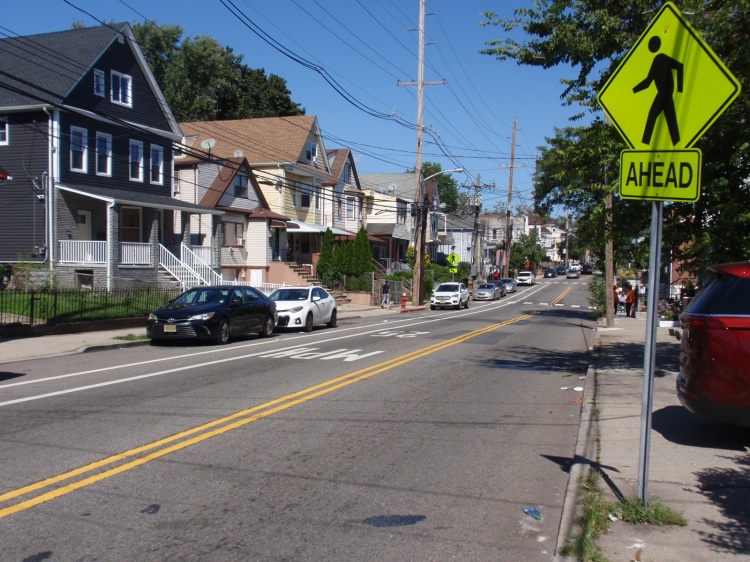
Excessive heat is a serious public health issue. For the past 30 years, heat has been the main cause of weather-related deaths in the United States. Heat also lowers air quality affecting those with respiratory and related ailments. According to Sustainable Jersey City, a community based environmental organization, the city has the highest adult asthma rates in Hudson County. The County also received an F for its poor air quality last year from the American Lung Association.
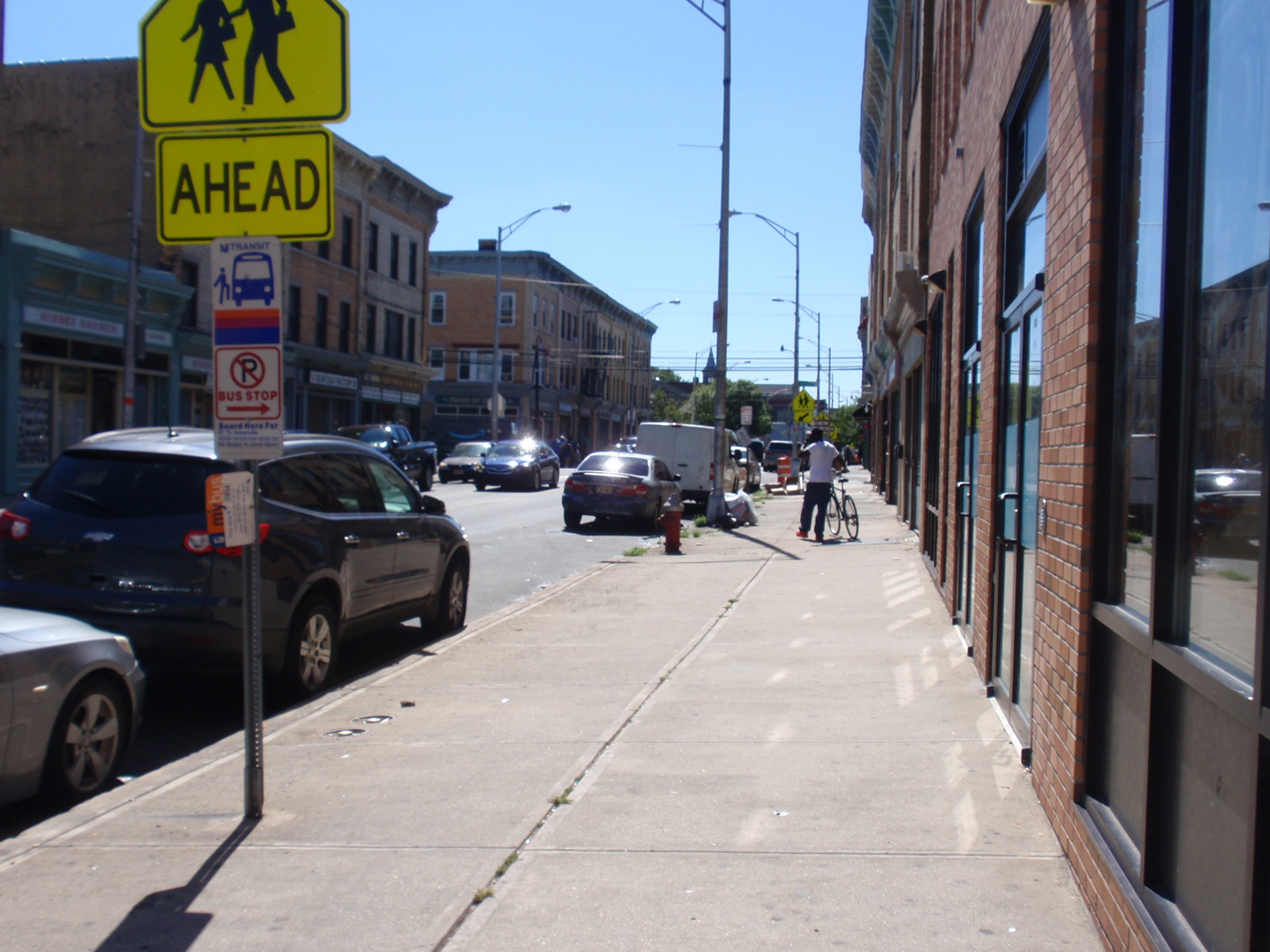
Studies also show that low income and elderly populations are more affected by heat islands. Sustainable Jersey City (SJC), is working to reduce the impact of heat islands throughout the city, but especially in more vulnerable neighborhoods such as Greenville and Bergen-Lafayette.
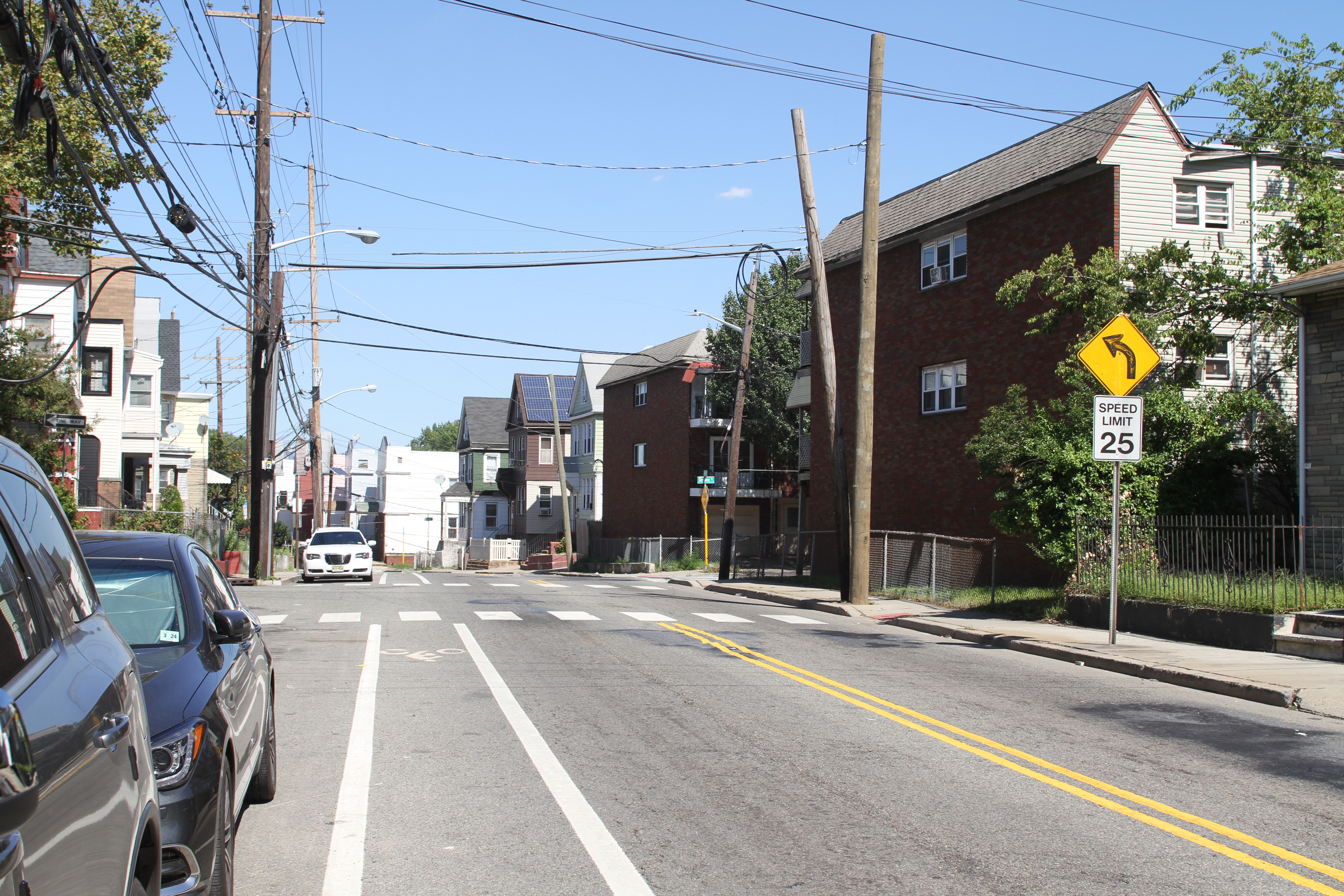
According to SJC, one of the most effective ways to combat heat islands is to increase the city’s tree canopy – the leaves, branches and stems from trees that provide shade from the sun. Trees and other green infrastructure can lower temperatures by ten degrees and improve air quality. which would be very helpful to minority communities in the U.S. who have less than 20% tree canopy cover versus 33% for white communities.
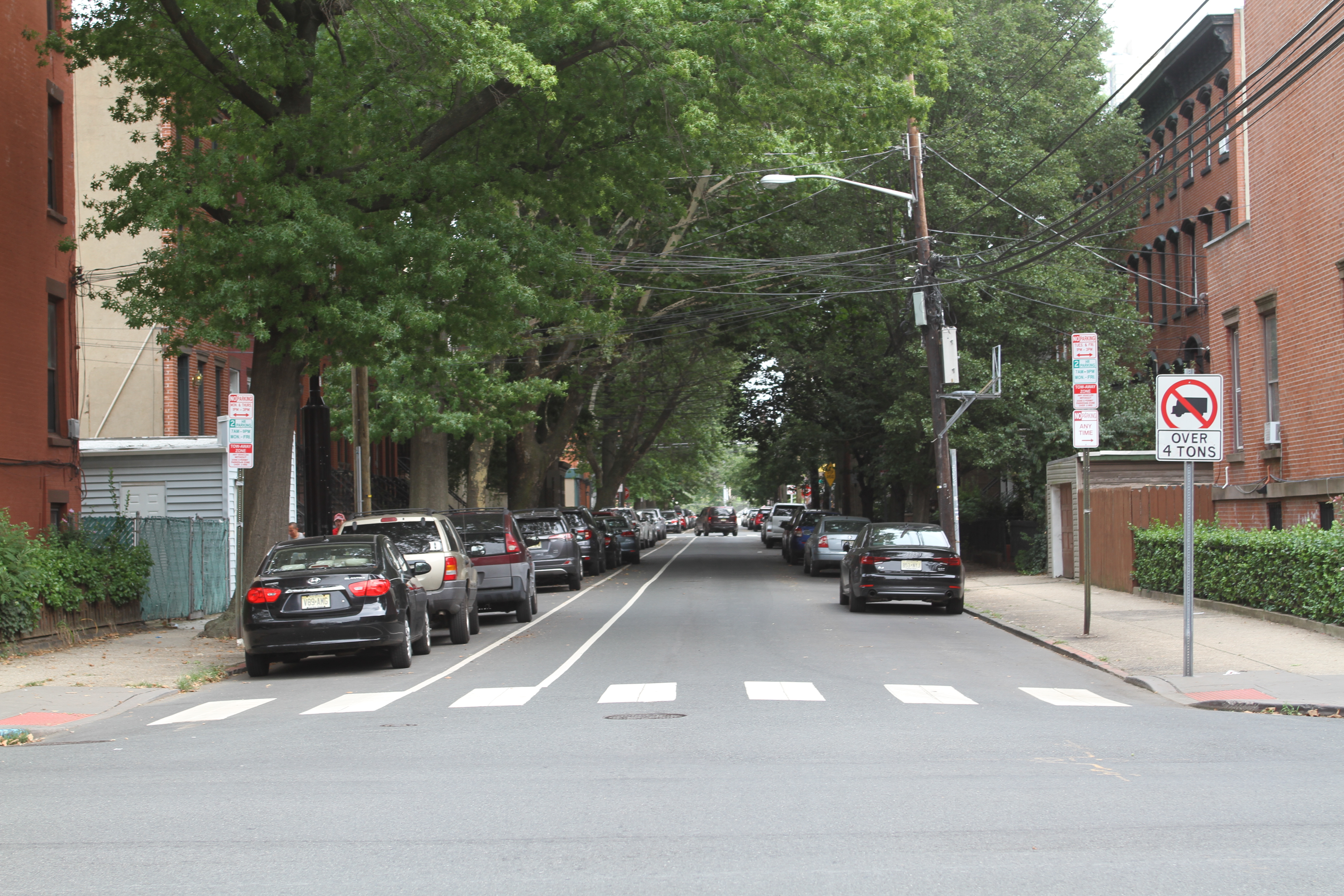
Heat islands in Jersey City are related to its shrinking tree canopy which should be around 20% but today stands at 10.9% – dropping 6.1% since 2015. One study found that Jersey City was losing 127 trees a year due not only to aging and storm damage but also to “poor tree planting and care.” Many streets have few or no trees.

Adding trees and other greenery in Jersey City will do a lot to improve the health and quality of life for residents as well as the environment. They provide savings on utility bills, prevent flooding, reduce asthma rates and help us cope with depression and stress.

To make the case for adding to the city’s tree canopy, SJC is currently documenting the heat islands in Bergen Lafayette and Greenville communities which are disproportionately affected by them. SJC has trained “citizen scientists” to collect data on heat islands to demonstrate their prevalence and impact. With this data SJC will be better able to pressure city officials to plant more trees to restore the city’s tree canopy.
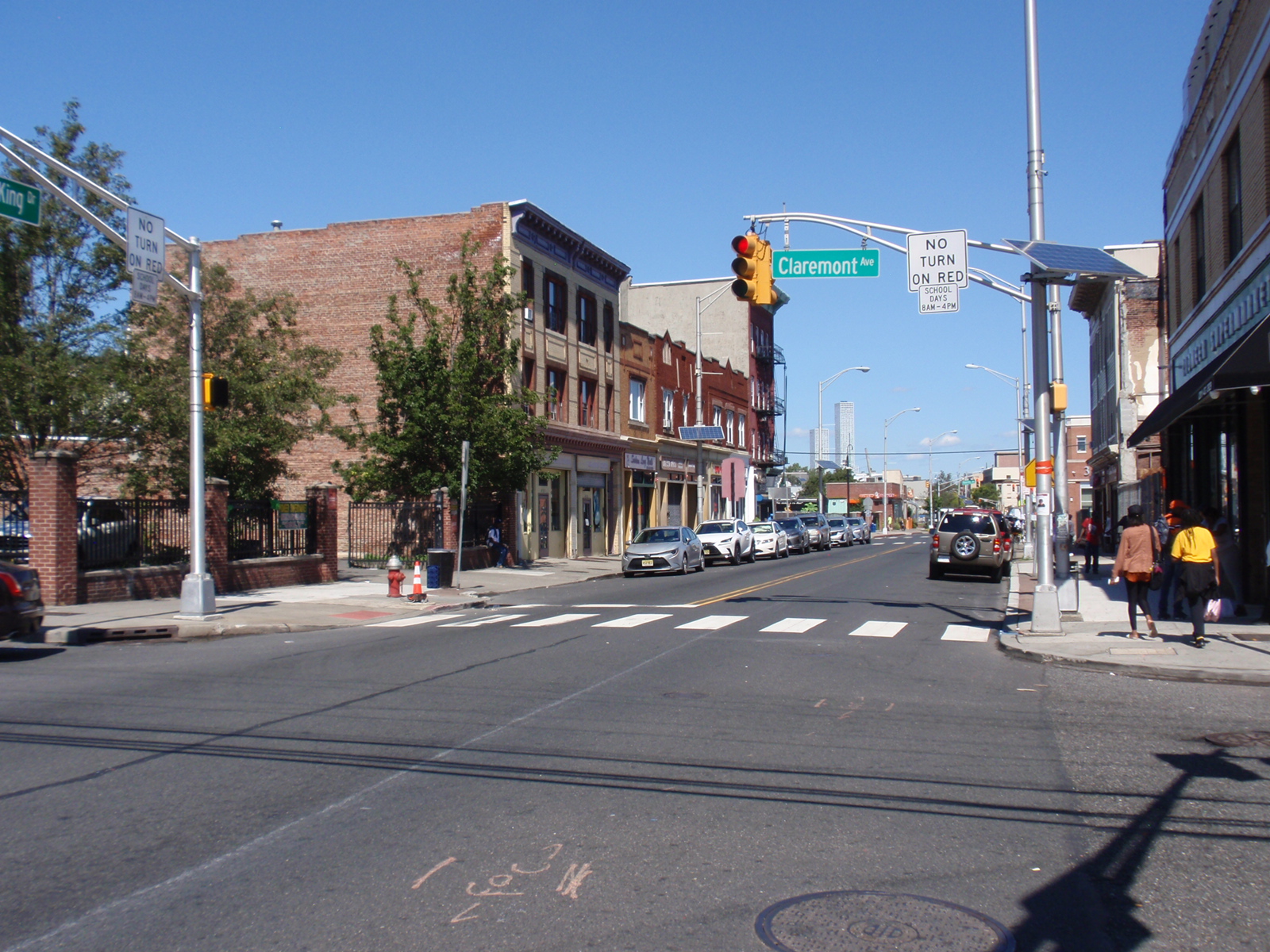
SJC’s efforts in working with residents to increase the city’s tree canopy is all the more important since it has been shrinking for years due to poor management, lack of staff, and funding according to an in-depth investigation by the Jersey City Times. Also, to gain support from residents and businesses trees and other green infrastructure must be cared for and managed on a regular basis so they don’t become an obstacle and hazard for small businesses and homeowners.

Jersey City, like the rest of the country and world, is being affected by global warming and climate change. The city can do more to play its part in lessening the impact of global warming on residents. SJC’s social activism in the community shows how residents can pressure city officials to do much more to address this issue and highlight it as one of social justice. SJC has several ways residents can get involved. One that might be especially appealing to high school and college students is working as citizen scientists to conduct research on heat islands in the community. This is not only an opportunity to develop skills toward a career, but also a way to make a difference.
Follow This Blog
Get new content delivered directly to your inbox.
- Gentrification Math & the False Promise of Affordable Housing
- Why is the City Selling Public Property to Luxury Housing Developers?
- Why So Much Luxury Housing in a City Where Most Can’t Afford It?
- Why Do So Many New Apartment Houses Look Alike?
- Signs of Gentrification: House Numbers, Their Color and Design
